Description
Perennial, the leaves can be candied or brewed into an aromatic mint like tea. Also know as “kitty krack”.
$1.70 – $174.15
Perennial, the leaves can be candied or brewed into an aromatic mint like tea.
Seeds/ounce – 35,000
Pkt Weight – 1/24
Perennial, the leaves can be candied or brewed into an aromatic mint like tea. Also know as “kitty krack”.
| Options | 1 lb, 1 oz, 1/4 lb, 1/4 oz, packet |
|---|---|
| Source | Natural, Organic |
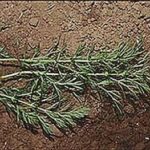
The plant prefers warm, sunny locations and well-drained soil rich in organic matter.
Seeds/ounce – 10,000
Pkt Weight – 1/28
The plant prefers warm, sunny locations and well-drained soil rich in organic matter.
Seeds/ounce – 10,000
Pkt Weight – 1/28
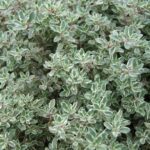
Thyme is best cultivated in a hot, sunny location with well-drained soil.
Seeds/ounce – 170,000
Pkt Weight – 1/168
Thyme is best cultivated in a hot, sunny location with well-drained soil.
Seeds/ounce – 170,000
Pkt Weight – 1/168
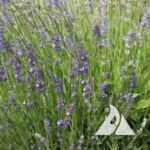
Lavenders flourish best in dry, well-drained, sandy or gravelly soils in full sun.
Seeds/ounce – 26,000
Pkt Weight – 1/128
Lavenders flourish best in dry, well-drained, sandy or gravelly soils in full sun.
Seeds/ounce – 26,000
Pkt Weight – 1/128
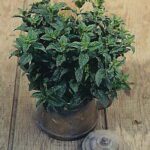
Purplish stems are 2-4 ft tall, has 2 inch broad smooth leaves that are distinctly stalked.
Seeds/ounce – 450,000
Pkt Weight – 1/168
Purplish stems are 2-4 ft tall, has 2 inch broad smooth leaves that are distinctly stalked.
Seeds/ounce – 450,000
Pkt Weight – 1/168
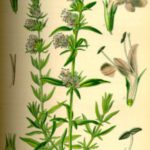
Hyssop is a brightly coloured shrub or subshrub that ranges from 30 to 60 cm (12 to 24 in) in height. The stem is woody at the base, from which grow a number of straight branches. Its leaves are lanceolate, dark green in colour, and from 2 to 2.5 cm (0.79 to 0.98 in) long.[3]
During the summer, the plant produces bunches of pink, blue, or, more rarely, white fragrant flowers. These give rise to small oblong achenes.
Seeds/ounce – 27,150
Pkt Weight – 1/128
The species as a whole is resistant to drought, and tolerant of chalky, sandy soils. It thrives in full sun and warm climates.
27150 seeds/ounce approximately 200 seeds/Pkt
Hyssop is a brightly coloured shrub or subshrub that ranges from 30 to 60 cm (12 to 24 in) in height. The stem is woody at the base, from which grow a number of straight branches. Its leaves are lanceolate, dark green in colour, and from 2 to 2.5 cm (0.79 to 0.98 in) long.[3]
During the summer, the plant produces bunches of pink, blue, or, more rarely, white fragrant flowers. These give rise to small oblong achenes.
Seeds/ounce – 27,150
Pkt Weight – 1/128
The species as a whole is resistant to drought, and tolerant of chalky, sandy soils. It thrives in full sun and warm climates.
27150 seeds/ounce approximately 200 seeds/Pkt

Spearmint, also known as garden mint, common mint, lamb mint and mackerel mint, is a species of mint, Mentha spicata, native to Europe and southern temperate Asia, extending from Ireland in the west to southern China in the east. It is naturalized in many other temperate parts of the world, including northern and southern Africa, North America and South America. It is used as a flavouring in food and herbal teas. The aromatic oil, called oil of spearmint, is also used as a flavouring and sometimes as a scent.
Wikipedia · Text under CC-BY-SA license
Spearmint, also known as garden mint, common mint, lamb mint and mackerel mint, is a species of mint, Mentha spicata, native to Europe and southern temperate Asia, extending from Ireland in the west to southern China in the east. It is naturalized in many other temperate parts of the world, including northern and southern Africa, North America and South America. It is used as a flavouring in food and herbal teas. The aromatic oil, called oil of spearmint, is also used as a flavouring and sometimes as a scent.
Wikipedia · Text under CC-BY-SA license

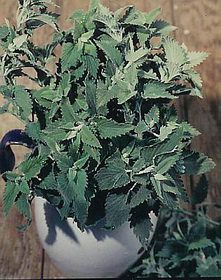

Reviews
There are no reviews yet.